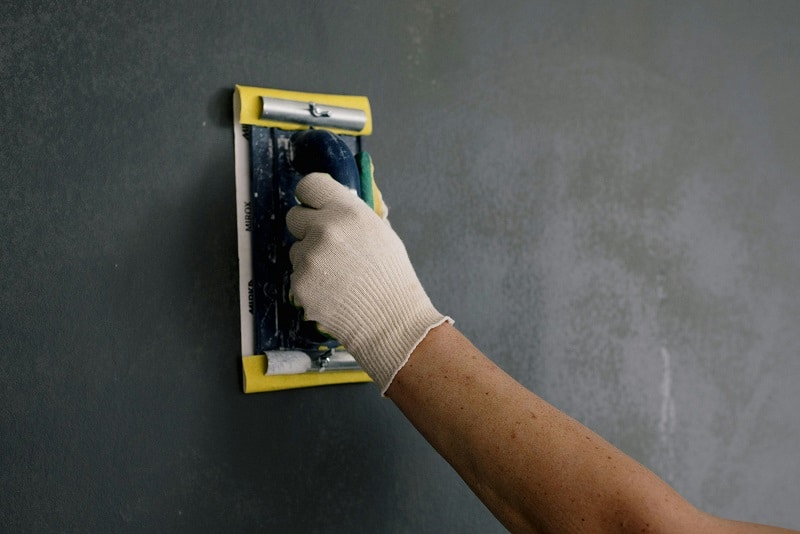Damp problems are a common issue in both old and new buildings, often leading to serious structural damage and health hazards if left untreated. Whether it’s rising damp, condensation, or penetrating damp, addressing moisture concerns is essential for preserving your property’s integrity and ensuring a comfortable living environment. Fortunately, modern damp proofing solutions offer long-lasting protection against moisture intrusion. By understanding the different types of damp and available treatments, homeowners can proactively safeguard their homes.
Trusted Damp Proofing Services from Industry Experts
When facing persistent damp or mould issues, relying on professionals can make all the difference. Damp & Mould Specialists provide tailored assessments and treatments designed to eliminate the root cause of damp, not just the symptoms. These experts use advanced diagnostic tools and industry-proven techniques to deliver targeted solutions, whether you’re dealing with rising damp in the basement or persistent black mould on walls. Partnering with seasoned specialists ensures not only accurate identification of damp types but also long-term protection for your home and health.
Common Causes of Damp in Homes
Understanding the source of damp is the first step in effective treatment. Rising damp occurs when groundwater travels up through porous building materials due to capillary action. Penetrating damp usually stems from faulty gutters, roofing issues, or poor brickwork, allowing water to seep in horizontally. Condensation, the most common form, arises from poor ventilation and high humidity levels inside the home. Identifying the correct cause enables you to choose the right damp proofing solution, whether it’s structural repairs, improved drainage, or enhanced insulation.
Types of Damp Proofing Solutions
There are several effective methods to protect your home from moisture intrusion:
- Damp Proof Course (DPC):A physical or chemical barrier inserted into walls to prevent rising damp.
- Damp Proof Membranes (DPM):Plastic sheets used under concrete floors or behind walls to block moisture.
- Waterproof Coatings and Sealants:Ideal for external walls and basements, these provide a protective moisture barrier.
- Internal Wall Treatments:These include replastering and anti-mould paints that help prevent future mould growth.
- Improved Ventilation Systems:Installing extractor fans or passive vents can reduce condensation-related damp.
Each method is selected based on the building’s construction, the extent of the damp, and the underlying causes.
Benefits of Professional Damp Proofing
Investing in damp proofing offers numerous long-term advantages. It enhances structural stability, prevents timber decay, and maintains the value of your property. More importantly, it creates a healthier indoor environment by reducing allergens and harmful mould spores that can trigger respiratory issues. Professional damp proofing also ensures compliance with building regulations and provides peace of mind through guarantees and expert guidance.
Conclusion
Ignoring damp issues can lead to costly repairs, decreased property value, and compromised health conditions for occupants. The good news is that with the right damp proofing solution, these problems can be addressed efficiently and effectively. From improving ventilation to installing physical or chemical barriers, modern treatments offer reliable protection tailored to your home’s needs. By acting early and choosing the appropriate method, you can create a dry, safe, and comfortable living environment for years to come.

